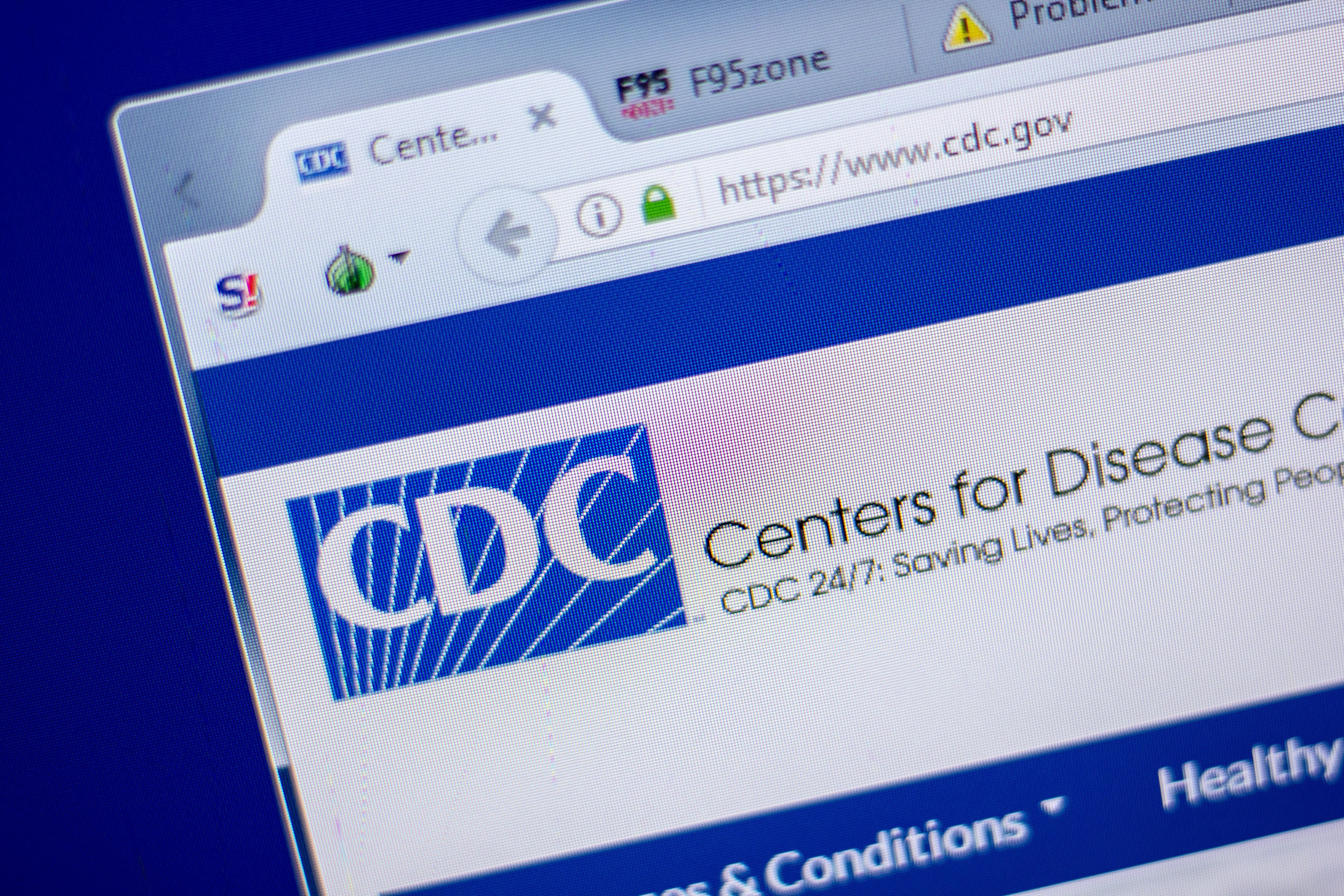Article
CDC updates COVID-19 guidance, acknowledges airborne transmission
Author(s):
The move came after studies provided evidence supporting the airborne spread of the disease.

The U.S. Centers for Disease Control and Prevention (CDC) has updated guidance on the spread of COVID-19 to reflect recent studies on airborne transmission.
According to a news release, CDC updated the guideline to acknowledge studies showing “limited, uncommon” circumstances in which a COVID-19 positive patient infected others who were within six feet or after the infected person left the area. These transmissions occurred in poorly ventilated and enclosed spaced and involved breathing-heavy activities such as singing or exercising.
The CDC website has been a point of contention through recent months as information on COVID-19 testing was repeatedly changed possibly due to political pressure.
The most recent change is likely tied to a JAMA study which linked a COVID-19 outbreak in China to a source patient who likely spread the disease to fellow riders through the bus’ air conditioning system.
"The possibility of airborne transmission has long been suspected, but with limited empirical evidence,” Ye Shen, an associate professor of epidemiology and biostatistics at the University of Georgia’s College of Public Health and lead author on the study, says in a news release ”Our study provided epidemiologic evidence of transmission over long distances, which was likely airborne.”
Separately, researchers from institutions across the country have signed an open letter calling for researchers across disciplines to deliver clear public health guidance about the airborne spread of COVID-19.
The letter calls for the clarification of terminology related to aerosols and droplets by making clear the difference between droplets spread by coughing or sneezing, which has inspired the “six foot rule,” and aerosols which can carry the disease much further. It also calls on researchers to employ a more modern size threshold rather than the one from the 1930s currently in use.
"The balance of attention must be shifted to protecting against airborne transmission," said the letter.





